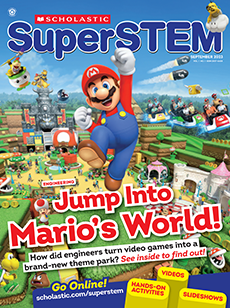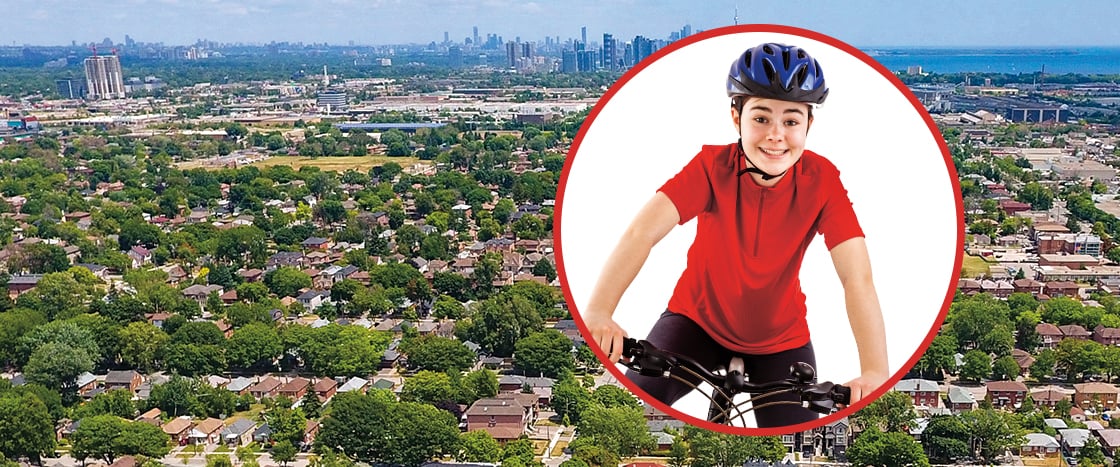Can you walk, bike, or take the bus to school in less than 15 minutes? What if you’re going to the park or the grocery store? In most cities around the world, this isn’t possible for everyone. That’s why experts are trying to design “15-minute cities,” where everything you need is a quick trip away—no car required!
Cars are convenient, but they produce more pollution than other modes of transit. Too much pollution harms people’s health and contributes to climate change. Carlos Moreno, an urban planning expert in Paris, France, came up with the idea for 15-minute cities in 2016. But travel restrictions due to the Covid-19 pandemic have made the concept more popular.
Can you walk or bike to school in less than 15 minutes? What about to the park? Or the grocery store? That’s not possible for everyone in most cities around the world. That’s why experts are trying to design “15-minute cities.” A 15-minute city is a place where everything you need is a quick trip away. You would never need a car!
Cars are convenient. But they create pollution. Too much pollution harms people’s health. It also contributes to climate change. Carlos Moreno is an urban planning expert. He lives in Paris, France. Moreno came up with the idea for 15-minute cities in 2016. But the idea became more popular during the Covid-19 pandemic.

